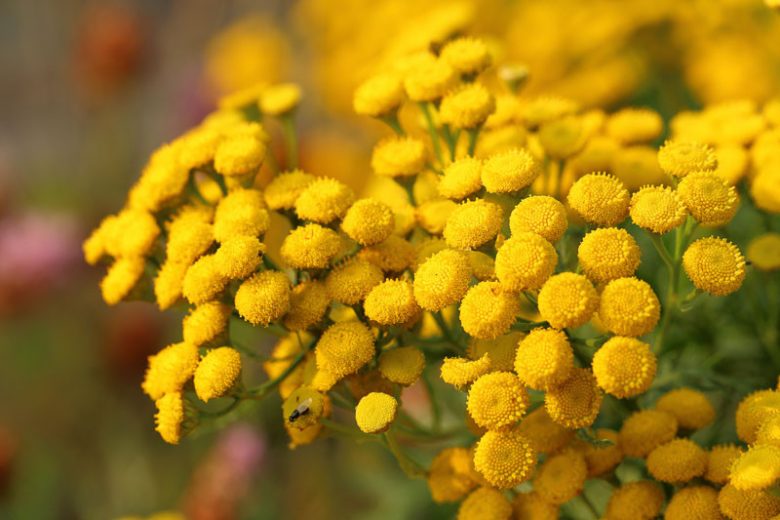Absolutely! Here’s a fully optimized, in-depth companion planting guide titled:
17 Best Companion Plants for Cantaloupe
Boost Growth, Deter Pests, and Maximize Garden Space with These Smart Pairings
Cantaloupes (also known as muskmelons) are sweet, juicy fruits that thrive in warm, sunny gardens. But if you really want to get the most out of your cantaloupe patch, companion planting is the way to go. Pairing cantaloupes with the right plants can help improve pollination, repel pests, suppress weeds, and enhance soil health—all while saving space.
Below, you’ll find 17 of the best companion plants to grow with cantaloupe, organized by their key benefits. We’ll also share which plants to avoid, and wrap up with a handy to help you grow your best melons ever.

🌿 Why Use Companion Plants With Cantaloupe?
Before diving into the list, here’s why companion planting works so well with cantaloupes:
- Pest Control: Certain plants naturally repel aphids, cucumber beetles, and squash bugs.
- Pollination Support: Some flowers attract bees and other pollinators for better fruit set.
- Ground Cover: Sprawling plants suppress weeds and protect shallow cantaloupe roots.
- Soil Improvement: Legumes fix nitrogen, enriching the soil for neighboring plants.
- Space Optimization: Fast-growing or vertical plants make use of otherwise unused space.
🥕 17 Best Companion Plants for Cantaloupe
1. Radishes
Radishes are fast-growing root vegetables that repel cucumber beetles, a common pest that damages cantaloupe vines. You can interplant them as a living barrier.
✅ Bonus: They mature quickly and won’t compete for resources.
2. Marigolds
These vibrant flowers are natural pest repellents, especially against nematodes, whiteflies, and aphids. Plant them along the borders of your melon patch.
🐝 Pro Tip: They also attract pollinators and beneficial insects.
3. Nasturtiums
Nasturtiums act as trap crops, luring aphids and beetles away from cantaloupes. They’re also edible and beautiful.
🌼 Bonus: Their trailing habit can provide living mulch.
4. Corn
Corn grows tall and can provide partial shade to your cantaloupes in extremely hot climates. It also acts as a natural trellis for lighter melon varieties.
⚠️ Note: Avoid letting cantaloupe vines climb too high or the weight may cause breakage.
5. Beans (Bush or Pole)
Beans fix nitrogen in the soil, enriching it for hungry melon plants. Bush beans work well between rows, while pole beans can grow vertically nearby.
💡 Tip: Keep some space between beans and melons to reduce airflow issues.
6. Lettuce
Lettuce has shallow roots and grows quickly, making it ideal for planting between cantaloupe vines early in the season.
🌱 Great For: Maximizing space while reducing weed growth.
7. Oregano
This fragrant herb repels aphids and beetles with its strong scent. Oregano also attracts pollinators when it flowers.
🌿 Use it as: A living mulch along garden edges.
8. Basil
Basil is another aromatic herb that can help deter pests. It pairs well with almost any garden plant and attracts pollinators too.
🍃 Pro Tip: Plant basil in containers near your cantaloupe bed to deter flies and mosquitoes.
9. Dill
Dill attracts beneficial insects like ladybugs and parasitic wasps, which feed on melon pests such as aphids and spider mites.
🐞 Tip: Allow some dill to flower for maximum benefit.
10. Yarrow
Yarrow boosts pollination by attracting bees and butterflies, while also improving soil quality with its deep roots.
🌼 Added Bonus: It’s drought-tolerant and low-maintenance.
11. Tansy

Tansy is known to repel ants, aphids, squash bugs, and even beetles. Just be cautious—it’s powerful and can spread quickly if not managed.
⚠️ Use sparingly and keep it well-contained.
12. Calendula (Pot Marigold)
Calendula repels aphids and whiteflies, and its sticky leaves trap soft-bodied insects.
🌸 Fun Fact: Its petals are edible and often used in herbal remedies.
13. Garlic
Garlic’s strong sulfur compounds deter many common pests including aphids, root maggots, and spider mites.
🧄 Planting Tip: Space garlic bulbs around melon mounds or in-between rows.
14. Onions
Similar to garlic, onions discourage insect pests and can help prevent fungal issues when planted with good spacing.
🌰 Plus: They don’t compete heavily for nutrients.
15. Sunflowers
These tall beauties attract bees and beneficial insects. They can also act as a natural windbreak and partial sun filter in hot climates.
🌻 Bonus: They add vertical interest to your garden.
16. Catnip
Catnip deters flea beetles, aphids, and ants. It’s best planted in containers since it can spread aggressively.
🐱 Pro Tip: Cats may be attracted, so plant where they can’t trample your melons.
17. Buckwheat
Buckwheat is a cover crop that attracts pollinators and improves soil fertility. It grows quickly and can help shade out weeds.
🌾 Great for: Filling in gaps and boosting biodiversity.
🚫 Plants to Avoid Near Cantaloupe

Not all plants get along with cantaloupes. Here are a few you should avoid:
❌ Potatoes
They attract similar pests and can increase the risk of disease, especially fusarium wilt.
❌ Cucumbers
Though closely related, cucumbers compete for the same nutrients and space. They can also spread diseases like powdery mildew.
❌ Squash & Pumpkins
These vines are space hogs and attract the same pests, leading to higher infestation risks.
❌ Fennel
Fennel can inhibit the growth of many plants, including melons, due to its allelopathic compounds.
Table of Contents
❓ FAQ: Companion Planting for Cantaloupe
Q1: What is the best flower to plant with cantaloupe?
Marigolds and nasturtiums are top choices. They deter harmful insects and attract pollinators.
Q2: Can I plant tomatoes next to cantaloupe?
It’s not ideal. Tomatoes and melons can compete for nutrients, and both are prone to similar fungal diseases.
Q3: How close should companion plants be to cantaloupes?
Keep about 6–12 inches of spacing to allow for airflow, reduce disease risk, and prevent overcrowding.
Q4: Will companion planting improve cantaloupe flavor?
Indirectly, yes! Healthier plants with fewer pests and better pollination often produce sweeter, juicier fruit.
Q5: Can I grow cantaloupe in containers with companion plants?
Yes, especially smaller herbs like basil, oregano, or lettuce. Just ensure the container is large enough and gets full sun.
Q6: How do I prevent cantaloupe pests naturally?
Use pest-repelling plants like radish, catnip, and garlic. Attract beneficial insects with dill and yarrow. Rotate crops annually for best results.
Q7: What grows well with cantaloupe in small gardens?

Choose compact herbs, leafy greens, and vertical growers like pole beans or sunflowers to maximize limited space.
🌞 Final Thoughts
Companion planting with cantaloupe is more than just a garden hack—it’s a natural way to grow healthier plants, produce sweeter fruits, and keep pests at bay. Whether you’re planting in a large field or a small backyard garden, these 17 companion plants will help your cantaloupes thrive all season long.
Start with a few of the most beneficial companions like radishes, marigolds, and bush beans, and watch your melon patch explode with growth and flavor!

